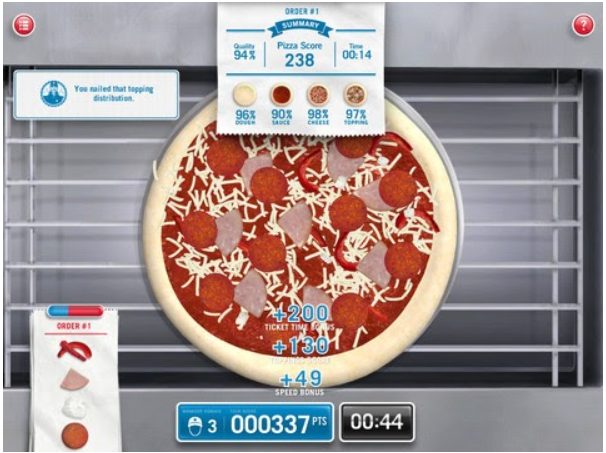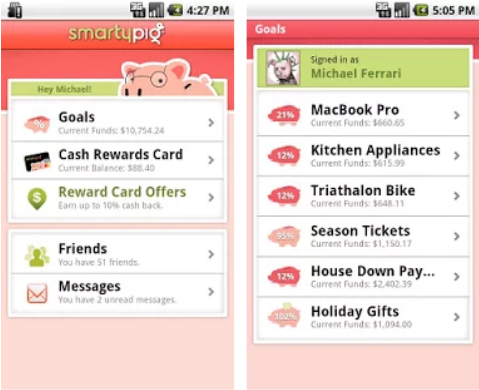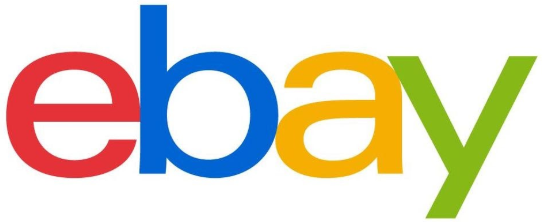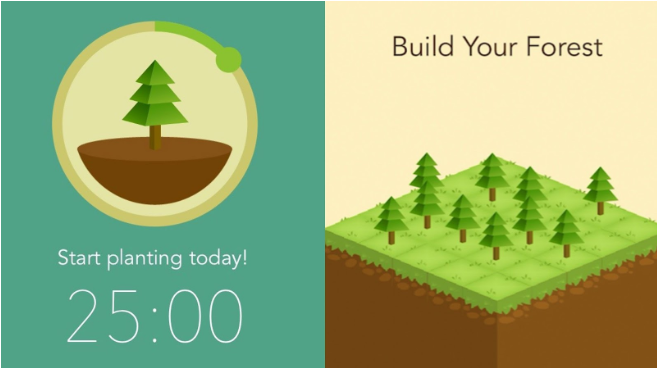Table of Content
Gamification has led to over 7 times more conversion rate for companies that use it. An excellent approach to customer retention, gamification is one of the best ways for you to engage with your users and give them a reason to keep using your app. In this article, we are going to discuss app gamification in detail.
 Image Credit: technologyadvice.com
Image Credit: technologyadvice.com
What is mobile app gamification?
Mobile app gamification means applying game dynamics to your mobile app. It involves giving your users objectives and rewarding them when they complete their goals, so they get a sense of achievement while using your app.
The reward may be as simple as pinning the user’s name on a leaderboard, or in some cases, you could send them virtual or even real physical goods, like how e-commerce sites honour you with gift cards. Whatever it is, your users should feel that the prize is going to be worth the time spent on your app.
Why is mobile app gamification important?
It boils down to basic human psychology. People are more willing to do things when they can get something out of it. According to a research, 97% of employees agree that gamification improves work, and 87% agree that it makes them more productive. At the same time 85% of employees above the age of 45 admit that they would spend more time on gamified software.
Humans have always needed goals to motivate themselves. Schools have their list of toppers, and football has its annual Balon d’Or award. Do you think the likes of Christiano Ronaldo and Lionel Messi would spend hours training if there were no such thing as Fifa Player of the Year or the World Cup? According to Bitcatcha, 80% of US workers believe game-based learning is more engaging.
Gaming has always been the most popular category on the Google Play Store. It is the biggest industry in the App Store as well, with 24.63% of the apps comprising video games. Business comes after that, accounting for 9.76% among 2.2 million apps on the store.
These days, apps embedding the element of a “sense of achievement” is becoming a trend, which is all turning out to be good for business. Some are even making their own games. One example would be Dominos Pizza; the company saw a 30% increase in sales after launching their first mobile game app.
What are the best examples of gamification apps?
To get a better idea of how you can implement gamification on your own apps to engage users and increase sales, let’s take a look at how companies from various key industries do it.
Education: Codecademy Go
Codecademy is a platform for you to pick up programming and computer-related skills. They have in-depth courses for Java, JavaScript, Python, HTML/CSS, and more.
The company launched its mobile app, Codecademy Go, in 2014, and didn’t waste any time to incorporate gamification strategies into the app. They introduced badges that users could get after completing certain stages of their course and acquiring specific skill levels. Moreover, the app has a progress leaderboard that maps its users’ accomplishments. A user can accumulate points after completing each lesson, and these points help them rank up in the leaderboard.
When you complete one of Codeacademy’s pro courses, you will get a digital certification, known as the Codecademy Credential, which can actually help you get a job.
Food and hospitality: Dominos Pizza
When Domino’s first released their app in 2012, it set a new standard for the food apps.
First, they started with their Pizza Mogul. It is a game where you can create your own custom pizza in Domino’s App or website. If someone likes your idea and buys the pizza you invented, you get a certain amount of the profit.
This gamification strategy helped Domino’s in a number of ways. People would engage with the company by creating pizzas for it. Customers turn into ambassadors by promoting their pizza, which is the entire goal of customer retention. Finally, people would knock on Domino’s doors when looking for a job. And with the Pizza Mogul, the company can also test how creative the job seeker is.
Domino’s also owned a game known as the Pizza Hero. There, the user would work in a “digital Domino’s”, simulating the real day-to-day work life in the company. The app taught users to make pizzas and had other mini-games offering points and free coupons. At least 7 million digital pizzas were made with the help of the app. 800 people obtained jobs in the company.
Recently, the company released another application, “Piece of the Pie”, which has pizza-making mini-games. After every 60 points, the user can redeem it for two medium pizzas.
Technology: Samsung Nation
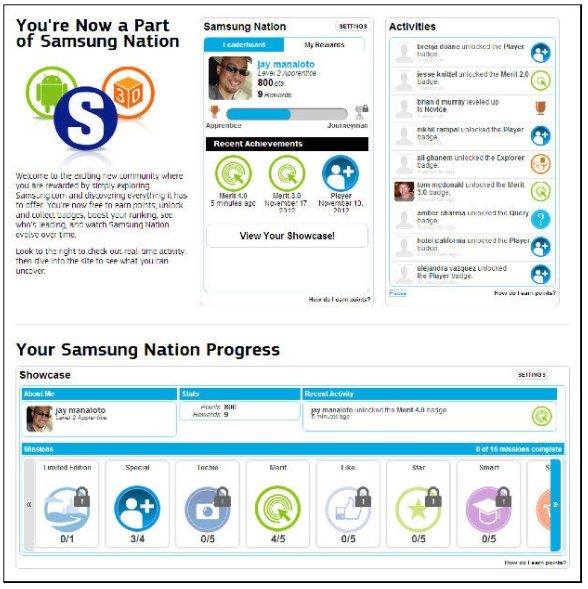 Image Credit: researchgate.net
Image Credit: researchgate.net
The Samsung Nation gamification wasn’t on an app, but on Samsung’s corporate website. They released their first customer loyalty program in 2011.
The rules were simple. All you had to do was engage with the website by writing reviews, discussing issues on forums, and watching clips, to get a customer loyalty badge. Users could also get their names on a leaderboard by knowing more about Samsung and its offerings. This resulted in them being trusted by people on the website.
The point of Samsung Nation wasn’t to make a lot of money or increase traffic, since the site was already getting millions of visits per month. They just wanted to increase interaction on the site. After partnering with Badgeville who coordinated the program, Samsung saw a 500% increase in their website’s customer reviews.
Finance: SmartyPig
SmartyPig is a perfect example of lifestyle gamification. It is a budget application – an “online piggy bank”. SmartyPig congratulates the user for every monetary or budget achievement they make.
The user can set goals, like buying a car or house, and start saving right away after connecting the app to their bank account. The application will record every expense and savings, and with its progress bar, tells the user how close they are to their goals. Users can also share their goals and achievements in their social networks. When they reach their budget goals, they can, obviously, withdraw their cash from the bank. The app will also send them points and cash rewards.
SmartyPig makes saving money fun. As users open the app every day and view their progress bar, they are proud that they are paying themselves first, and accomplishing their goal bit by bit.
Health: Smoke Free
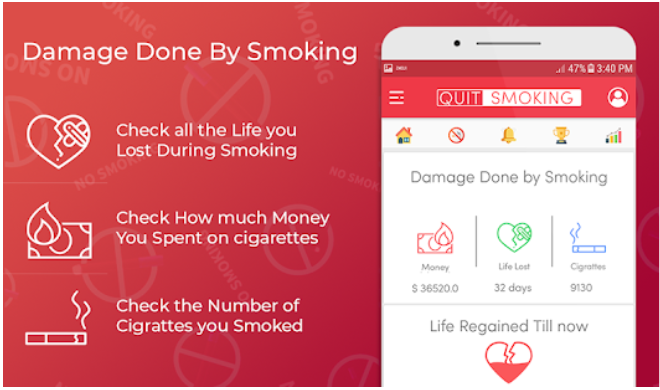 Image Credit: googleusercontent.com
Image Credit: googleusercontent.com
Quitting smoking is not an easy task. It is an often underrated achievement. The Smoke Free app has managed to change that by reminding people about all the good things they are doing to their health and life by kicking the habit.
The app has a quit smoking tracker, which records the number of days the user hasn’t touched a cigarette. They have a health improvement bar where people can see how long it will take to repair the damage in their body (for example, bad breath, tooth stains, and reduced risk of cancer) from the first day they quit smoking.
Smoke Free even comes with a “save money” chart where you can view how much money you have saved by not smoking. The app encourages the user to buy something for themselves after a while. There are achievement badges for not smoking after specific periods, which users can share in their social circle.
Smoke Free is a perfect example of a gamification app that directly affects the user’s wellbeing.
Ecommerce: Ebay
If you haven’t noticed it already, Ebay is a company completely based on gamification.
Ebay was originally a bidding website where sellers could upload their stuff, and buyers offering the highest price would “win”. Buyers weren’t only buyers, but competitors; so many would feel proud even if they ended up paying more than their initial bid price.
For sellers, there are reviews and “top-rated seller” systems. Sellers with better feedback will get more credibility and recognition, so the buy-sell process is not unlike a competitive sport.
Productivity: Forest
The Forest app is an excellent example of productivity app gamification. It helps you stay away from your smartphone, and use your time in creative activities.
First, you plant a virtual “seed”. And as you stay away from your phone, the seed will grow into a plant, and eventually into a tree. However, if you use your phone during that time, the tree will start to wither and eventually dry out. If you are able to plant multiple trees, you will eventually end up with a forest.
Forest also helps you positively influence your environment. You get virtual points when you build a forest, and when you send the points to the app developers, their sponsors will plant an actual tree.
Conclusion: Gamification of apps allows users to get something out of the app apart from the service it offers. It means adding goals and achievements to your application, making it a game that users enjoy playing. The goal of app gamification is customer retention, and is a strategy to continuously drive users back to your app.


